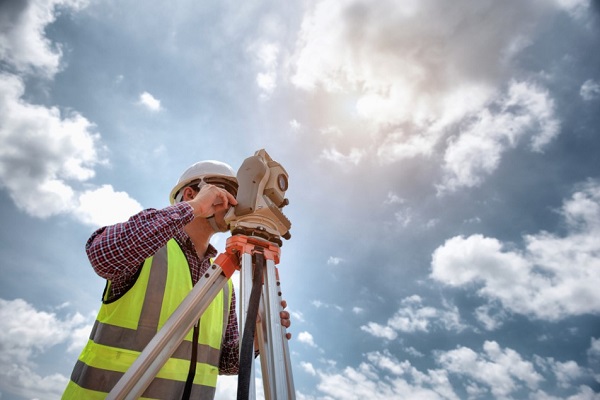AIQS calls for the return of BoQs

The Australian Institute of Quantity Surveyors (AIQS) is calling for the return of bill of quantities (BoQs) as a way to improve efficiency and transparency and help reduce risk in the construction industry’s tendering process.
“Implementing a bill of quantities before initiating the tender process can greatly enhance the evaluation of design documentation, effectively eliminating errors and ambiguities,” AIQS chief executive officer Grant Warner says.
“This approach ensures that a more comprehensive and well-defined set of documentation is provided to the market, resulting in smoother tendering procedures.
“Additionally, it establishes a more robust pre-tender estimate process, resulting in a more streamlined process.”
In recent years, the use of BoQs has declined in favour of other methods of tendering such as design-and-build contracts. However, industry experts argue that BoQs offer several advantages over other methods.
Primarily, introducing a bill of quantities to the tendering market has the potential to significantly reduce the cost associated with tendering works.
“Typically, multiple builders, around three to four, bid on the same project, each generating their own quantities. This process is replicated by various trades with approximately 25 trades having three to four bidders for each trade,” Grant says.
“Consequently, the quantity surveyor’s time spent measuring the bill of quantities is duplicated ten to 13 times across the market. By providing a bill of quantities to builders and trades, the hours required for measurement can be reduced by 60 to 80%, resulting in substantial cost savings during the tendering process.”
BoQs can also help to Improve accuracy, providing a more accurate estimate of the cost of a project than other methods which can help to avoid cost overruns and increase transparency. With BoQs, it makes it easier for clients to compare bids from different contractors and help to ensure that they are getting the best possible price.
Risk can also be reduced with BoQs possibly helping to lower risk of financial losses for contractors as they provide a clear understanding of the costs involved in a project. They can also help control carbon emissions by quantifying overall quantities with accurate data that can be applied to calculate emissions.
These enable targeted mitigation plans, transparency and accountability, driving substantial reductions in environmental impact. Summed up, BoQs represent a pivotal moment in the quest to control carbon emissions.
By providing a solid starting point and accurate measurement framework, this methodology could empower businesses and industries to effectively manage their environmental impact.
As the challenges of climate change continue to be addressed, Grant says it’s valuable to keep in mind that “if we can measure it, we can control it”, and that it is “precisely what bills of quantities offer in the fight against carbon emissions”.
“Another advantage to utilising a bill of quantities is the valuable data metrics that can be leveraged on each project to ensure consistency and gain insightful information.
“During the tender phase, the ability to compare builders’ prices at both a detailed level and an overall trade level enables the identification of any pricing discrepancies within a group. This allows for informed discussions during the tender period, facilitating the selection of the most suitable builder for the project.”
Design metrics can also be extracted from the BoQ, establishing a baseline for future designs and driving optimal outcomes. By collecting such data from multiple projects, a portfolio view of optimal design and cost metrics can be created, serving as a valuable resource for informing future projects.
“At a time when the market is still enduring ongoing volatility, any measures that can be implemented to bring increased efficiency and reduced risk should be welcomed,” Grant says.
BoQs are a detailed trade-based measure of quantities in accordance with the current edition of the Australian and Standard Method of Measurement of Building Works for the purpose of tendering and contract administration.
